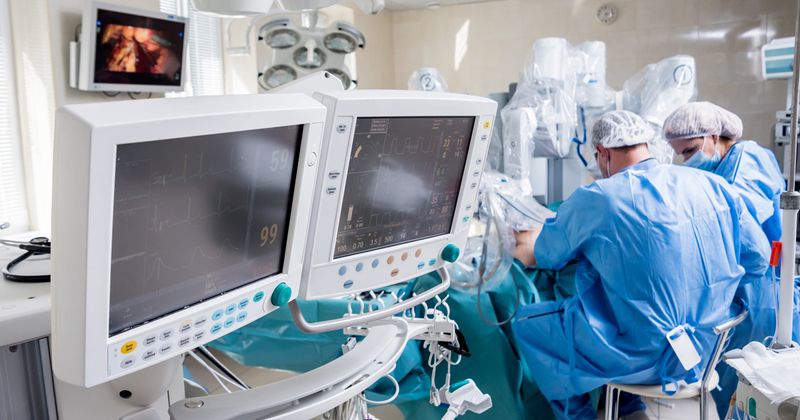Convolutional neural networks may be used to perform lower limb alignment, axes analysis
Convolutional neural networks may be used to perform lower limb alignment and axes analysis with similar outcomes to orthopedic surgery fellows, according to results.
“While we are far from a point where we can have [artificial intelligence] AI take over in a diagnostic manner or in a manner where it does the job, having task-specific AI systems to figure out incredibly tedious, but also incredibly specific, tasks is doable,” Yousif Murad, a PGY-1 resident at BC Children’s Hospital and University of British Columbia, told Healio about a paper presented at the Limb Lengthening and Reconstruction Society Annual Scientific Meeting.

Convolutional neural networks
Murad and colleagues trained and validated a set of convolutional neural networks to measure lower limb alignment from 180 pediatric, standing lower limb radiographs in a fully automated fashion.
“The networks we used were based on the ResNet50 architecture. This was developed 15 or so years ago for general-purpose imaging processing,” Murad said. “It is fairly well validated in the literature, mostly for non-medical purposes, but X-rays are pictures, after all, so there is no reason why we could not use it for this [study].”
Researchers compared the measurements collected by the convolutional neural networks with manual measurements performed by orthopedic surgery fellows.
When combined with algorithms to find anatomical landmarks, results showed the convolutional neural networks yielded favorable initial results in measuring mechanical lateral distal femoral angle and mechanical medial proximal tibial angle when compared with measurements made by orthopedic surgery fellows. Researchers found a mean difference of approximately –0.28° for mechanical lateral distal femoral angle measurements and a mean difference of approximately 2.33° for mechanical medial proximal tibial angle measurements.
“The biggest improvement is probably speed,” Murad said. “If I were to measure all the angles of interest on a radiograph as an orthopedic surgery resident, it would take me maybe 2 minutes to get a radiograph fully done. The network can do it in about 2 seconds, and that is good.”
Help with future research
Not only would use of these networks benefit physicians clinically, but Murad noted it also provides a way to perform future research in a more efficient manner.
“For example, if we wanted to ... get data from multiple hospitals and compile a few thousand of these X-rays, it would have been unfeasible for me as a resident to do that type of project,” Murad said. “It would take me years given my other work schedule to do that type of project, but now it opens the opportunity to have the computer do some of the heavy lifting for me and enable those research projects to get done.”
